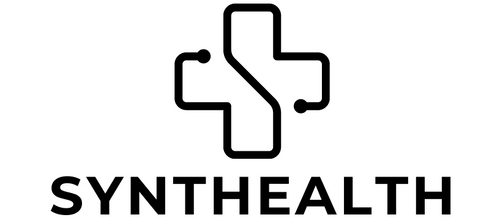
60-DAY MONEY BACK GUARANTEE
HOLIDAY SALE - LIMITED STOCK. UP TO $100 OFF
60-DAY MONEY BACK GUARANTEE
HOLIDAY SALE - LIMITED STOCK. UP TO $100 OFF
60-DAY MONEY BACK GUARANTEE
HOLIDAY SALE - LIMITED STOCK. UP TO $100 OFF
60-DAY MONEY BACK GUARANTEE
HOLIDAY SALE - LIMITED STOCK. UP TO $100 OFF
60-DAY MONEY BACK GUARANTEE
HOLIDAY SALE - LIMITED STOCK. UP TO $100 OFF
60-DAY MONEY BACK GUARANTEE
HOLIDAY SALE - LIMITED STOCK. UP TO $100 OFF
60-DAY MONEY BACK GUARANTEE
HOLIDAY SALE - LIMITED STOCK. UP TO $100 OFF
60-DAY MONEY BACK GUARANTEE
HOLIDAY SALE - LIMITED STOCK. UP TO $100 OFF
60-DAY MONEY BACK GUARANTEE
HOLIDAY SALE - LIMITED STOCK. UP TO $100 OFF
60-DAY MONEY BACK GUARANTEE
HOLIDAY SALE - LIMITED STOCK. UP TO $100 OFF
60-DAY MONEY BACK GUARANTEE
HOLIDAY SALE - LIMITED STOCK. UP TO $100 OFF
60-DAY MONEY BACK GUARANTEE
HOLIDAY SALE - LIMITED STOCK. UP TO $100 OFF
60-DAY MONEY BACK GUARANTEE
HOLIDAY SALE - LIMITED STOCK. UP TO $100 OFF
60-DAY MONEY BACK GUARANTEE
HOLIDAY SALE - LIMITED STOCK. UP TO $100 OFF
60-DAY MONEY BACK GUARANTEE
HOLIDAY SALE - LIMITED STOCK. UP TO $100 OFF
60-DAY MONEY BACK GUARANTEE
HOLIDAY SALE - LIMITED STOCK. UP TO $100 OFF
You're $40 away from a FREE GIFT!
“The body is the instrument. Frequency is the tuning fork.”
Frequency healing uses external vibrations, like sound or electromagnetic fields, to interact with the body’s natural energy systems. Every cell in your body generates electrical activity. Each organ has its own frequency. When these rhythms fall out of balance due to stress or illness, specific healing frequencies may help restore harmony.
Two core principles explain this effect.
Resonance happens when an outside vibration matches the frequency of a body part, amplifying its natural rhythm, much like how one vibrating tuning fork can cause another to vibrate nearby.
Entrainment is the process by which the body synchronizes with external rhythmic signals. Your brainwaves, heart rate, and nervous system can align with steady pulses of sound or electromagnetic energy.
Binaural beats are a form of frequency therapy where two slightly different tones are played in each ear. Your brain “hears” a third tone, the difference between the two, and gradually shifts its activity to match.
This can help you reach specific mental states:
Research suggests binaural beats may support cognitive function, reduce anxiety, and improve sleep quality.
PEMF (Pulsed Electromagnetic Field) therapy uses low-frequency magnetic waves to influence cellular activity. These pulses can:
Used regularly, PEMF may support tissue repair, reduce inflammation, and relieve chronic discomfort.
Frequency healing is practiced through sound baths, PEMF mats, binaural beats, and compact devices like the SyntHealth Generator. While results vary, many users report feeling more relaxed, focused, and rebalanced.
Sources: